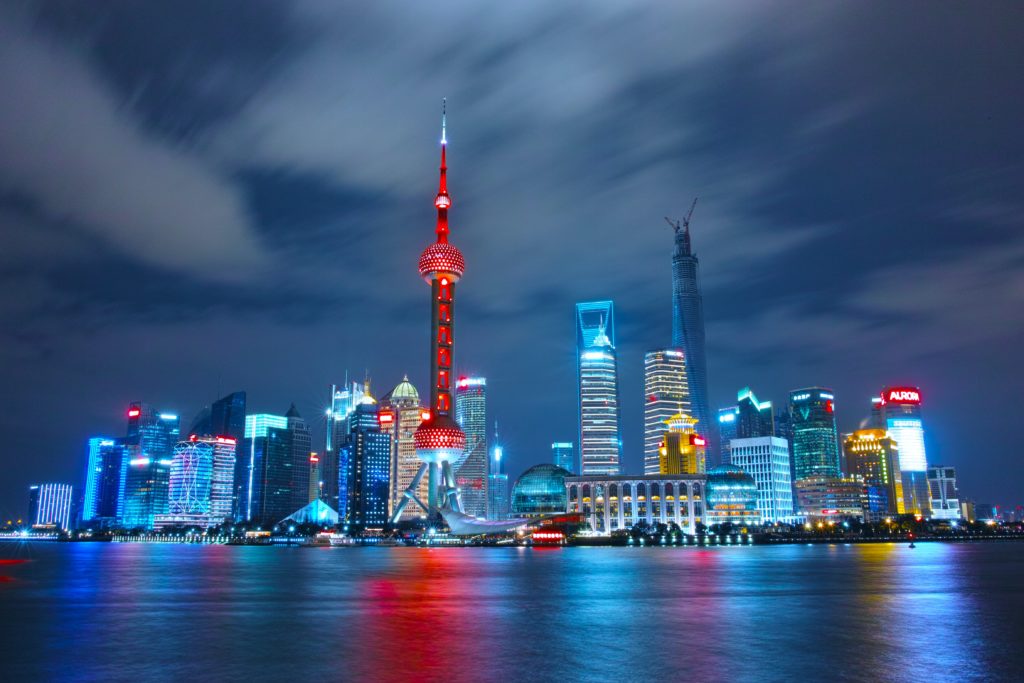Needless to say, 2020 will leave its mark on history. As the gloomy year finally comes to an end and people worldwide get ready to celebrate their largest annual festival under the ‘new norm’ of lockdown, is there any source of optimism for a better 2021? For me, the pledges made by 75 world leaders at the recent Climate Ambition Summit, which took place on the 5th Anniversary of the signing of the Paris Agreement, offers a glimpse of hope.
What are these pledges?
From strengthened Nationally Determined Contributions (NDCs) to adaptation and resilience plans; from government net zero commitments to corporate carbon neutral goals; from Africa to Asia; from youth to indigenous people; we are witnessing revamped ambition on mitigating and adapting to climate impacts. This renewed ambition is from countries representing 65% of global emissions and 70% of the world’s economy.
To name a few, there’s the EU’s NDC-related pledge to reduce GHG emissions by at least 55% from 1990 levels by 2030; net-zero related pledges by national, subnational and non-state actors including Argentina, Barbados, Fiji, Japan, Republic of Korea, and the C40 Cities Climate Leadership Group; the Net Zero Asset Managers Initiative committed to align US$9 trillion asset investment with net-zero GHG emission by 2050; and most crucially, the commitment by China, the largest global GHG emitter, to peak carbon dioxide emissions before 2030 and achieve carbon neutrality before 2060.
How these pledges will impact the renewable energy deployment?
Along with pledges, we are seeing concrete actions. Some of which will be rolled out as early as 2021. Pakistan is the 5th most vulnerable country in the world (according to 2019’s Global Climate Risk Index report) and has an extensive planned coal pipeline. However, the country has already scrapped 2 coal projects, announced a ‘no new coal’ commitment and created a vision of achieving 60% of clean energy and 30% electric vehicles by 2030.

15 countries provided details on how they will speed up their transitions to renewables by 2030, including a fossil-fuel free future in Barbados, 100% renewables in Vanuatu and a decarbonised power system in Slovakia. Denmark, the biggest oil producer in Europe, will end oil and gas exploration by 2050. India announced a new target of 450GW installed capacity of renewables by 2030. By the same year, China’s solar and wind will reach installed capacity of 1,200GW. All of these targets and actions send a clear signal to financiers, investors, manufacturers and project developers to be fully prepared once these quantitative goals are translated into KW and GW.
How significant is the Chinese pledge?
Since September this year, there have been several moves from the Chinese Government to position itself as a global leader in combating climate change. Just last Saturday, President Xi Jinping announced a plan to increase installed solar and wind capacity by 2030 to 1,200GW. To put this into perspective: today, the total solar and wind installed capacity is roughly 1,200GW globally, and the total installed thermal capacity in China is also 1,200GW (let’s not forget, half of the world’s coal capacity is in China).

In light of the upcoming 14th Five Year Development Plan and urgency to make targets a reality, 19 provincial governments have already made subsequent announcements. They have pledged to substantially reduce coal consumption, to scale up renewable energy deployment and fully realise the potential of energy efficiency. The Government Guidance on Promoting Investment and Financing to Address Climate Change, issued in October, is a crucial step forward in aligning domestic financial flows with climate goals. Or, to put it another way, of using financial instruments as a key lever to support the realisation of ambitions.
Is change in China’s domestic energy sector enough?
But, it is certainly not enough for China just to green its own domestic energy sector. Through its engineered Belt and Road Initiative (BRI), it is also financing around a quarter of coal plants outside its borders, totalling roughly 100GW. This makes China the largest financier in global coal investments. As experts have pointed out, climate benefits are undermined if tougher targets at home lead to pollution being moved overseas.
Fortunately, there is potential for positive domestic pressure to be translated into greener BRI investments. The Guidance mentioned above contains phrases such as: promoting ‘the application of Chinese standards in overseas investment and construction’ and ‘the active integration of climate investment and financing into the BRI construction’. Similarly, Green Development Guidance for BRI Projects, co-authored by a group of domestic policy makers and international experts, recommends a traffic light system of regulating BRI investments for their sustainability. In the system proposed, wind and solar power projects are ‘green’, while coal, gas-fired power and unsustainable large hydro are ‘red’. It argues that environmentally risky projects should be subject to stricter regulations, making banning coal investment under the BRI seem like an attainable goal. The recent move by one of the largest Chinese banks, the Industrial and Commercial Bank (ICBC), to halt financing for a 1.02GW coal project in Kenya is a step in the right direction.
In the meantime, the second and third largest global financiers in coal investments, Republic of Korea and Japan have both announced strategies to end financing for fossil fuel projects abroad, putting significant peer pressure on China. Along with these, key fossil fuel-recipient countries, such as Pakistan and Bangladesh, have committed to scale up alternative energy development and eliminate coal demand.
What should we look out for in 2021?
Looking to 2021, I am optimistic for a renewables leap in the coming year. The price of renewable power generation has not only dropped drastically but is already more competitive than conventional power generation in many countries. Choosing renewables is no longer just ‘doing good for the planet’, but is already the most economical decision. Beyond the business case, if there is one thing we’ve learned from this pandemic it is the need for building resilience and enhancing energy security. Renewable energy is the answer for a more secure future. As the Secretary General of the United Nations, António Guterres, said “2021 can be a new kind of leap year – the year of a quantum leap towards carbon neutrality”. Going for renewables is the number one step to carbon neutrality.


